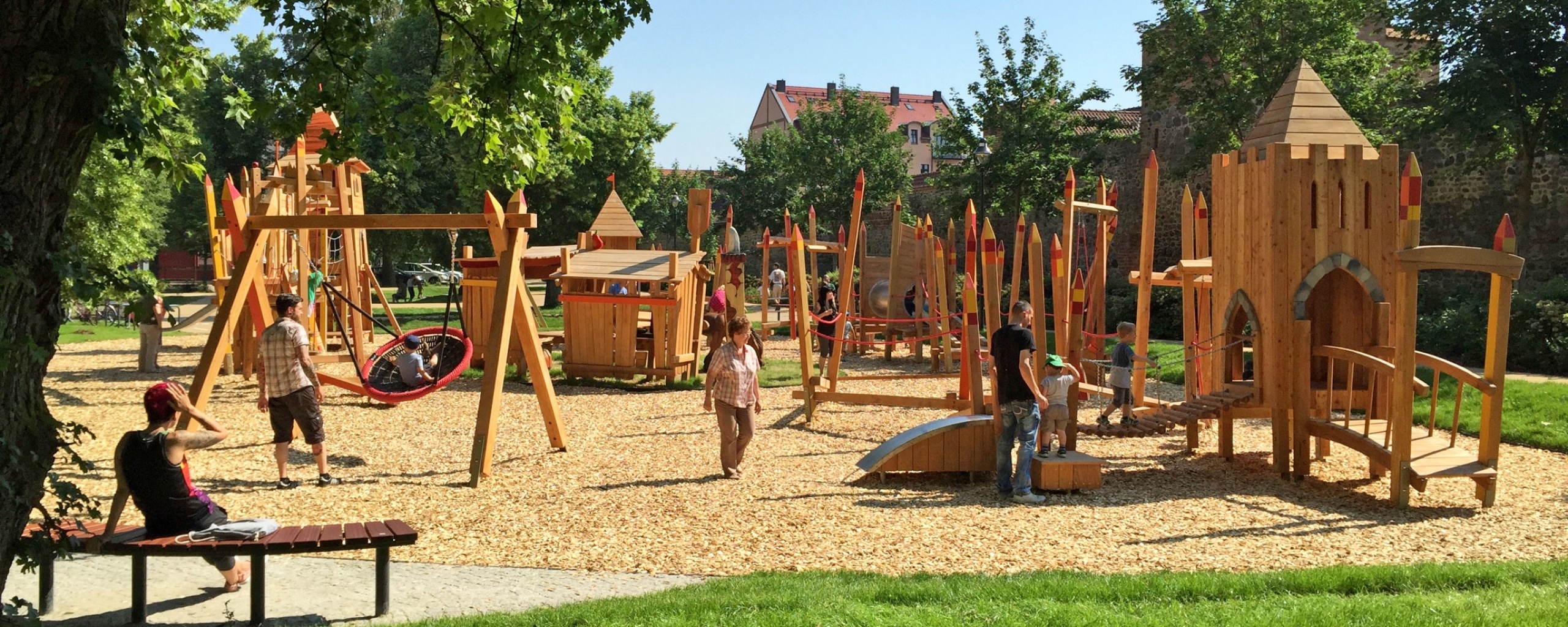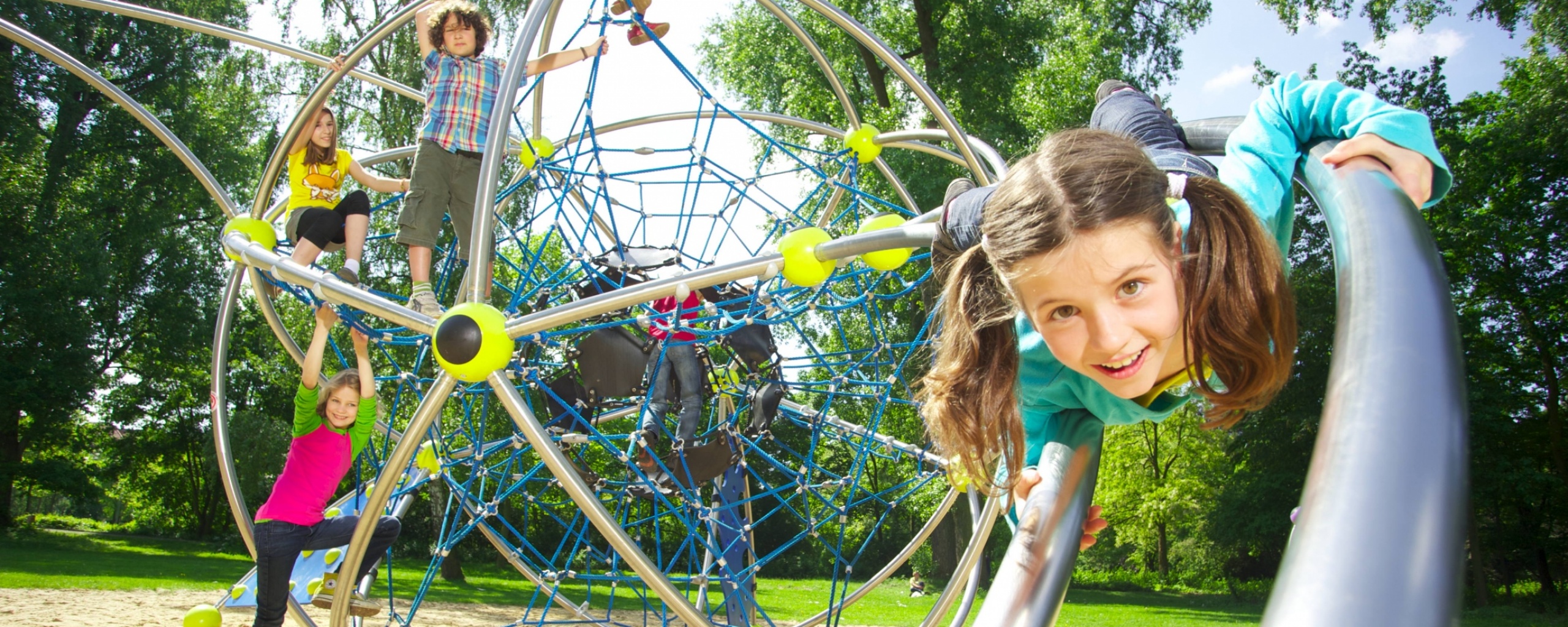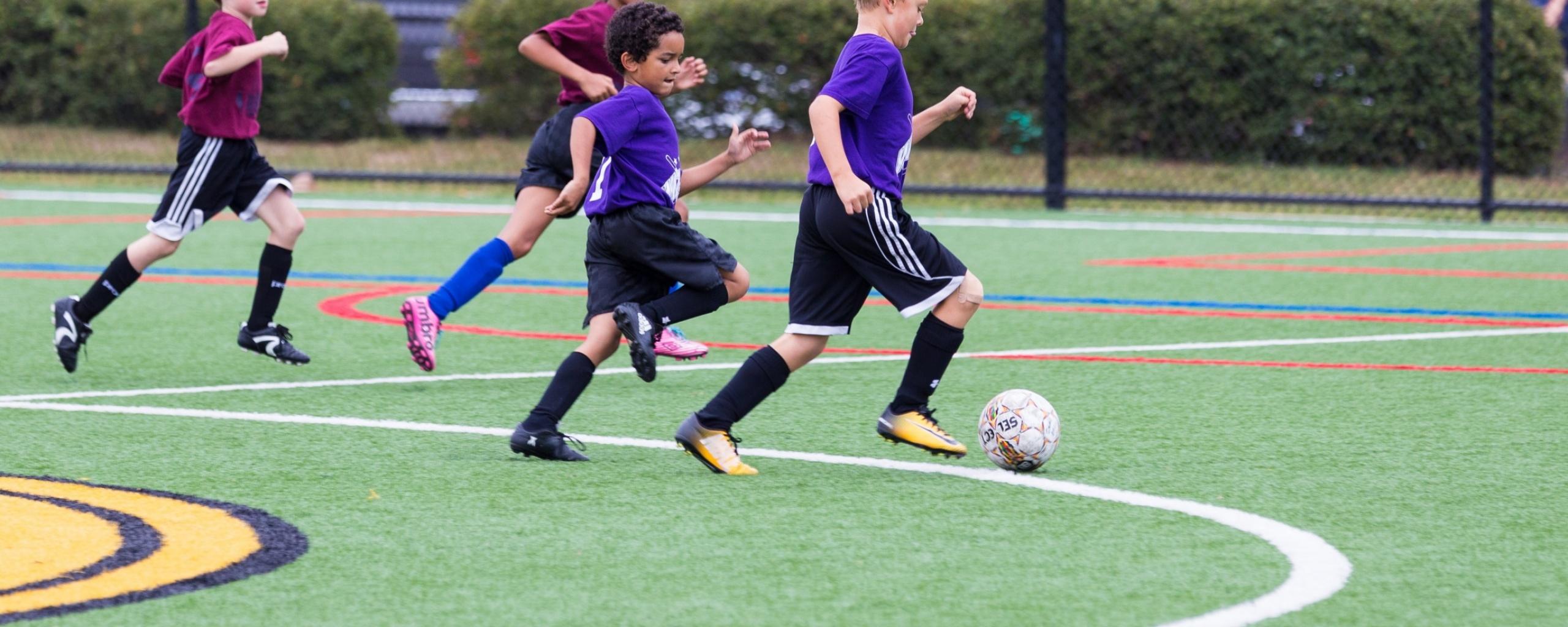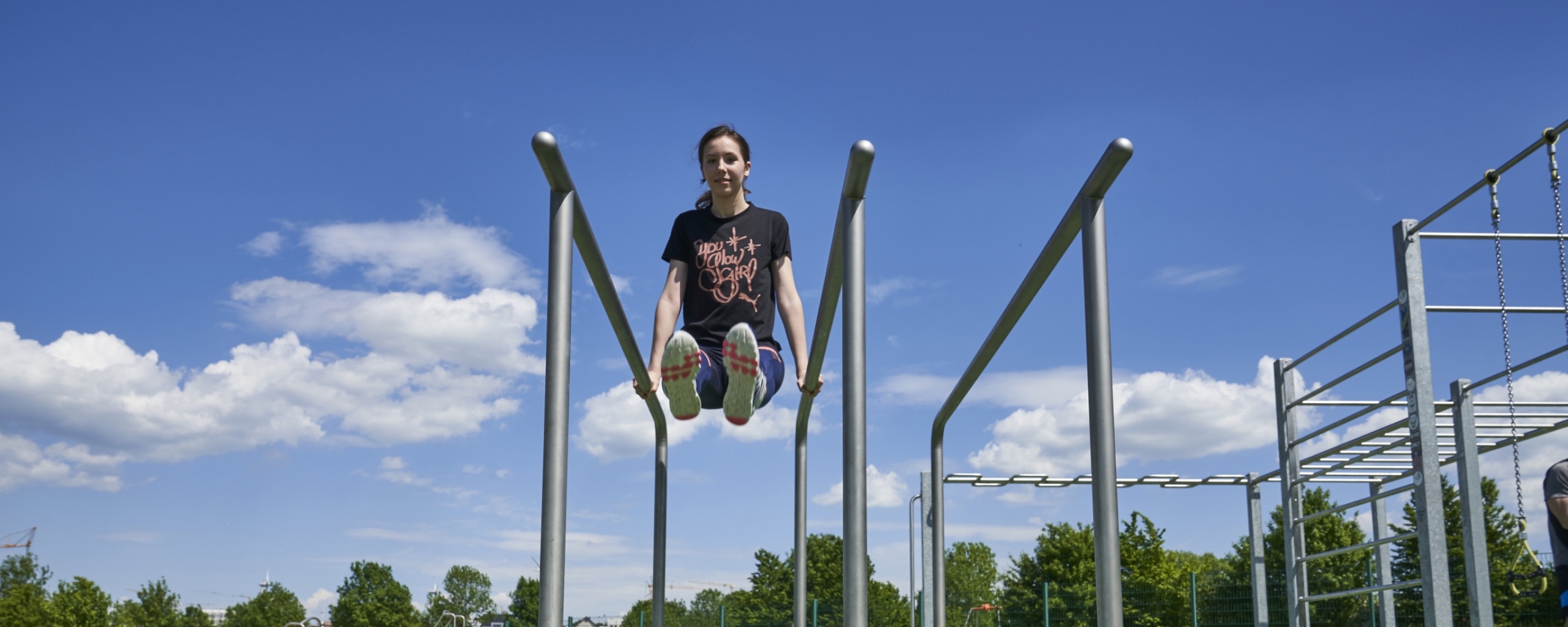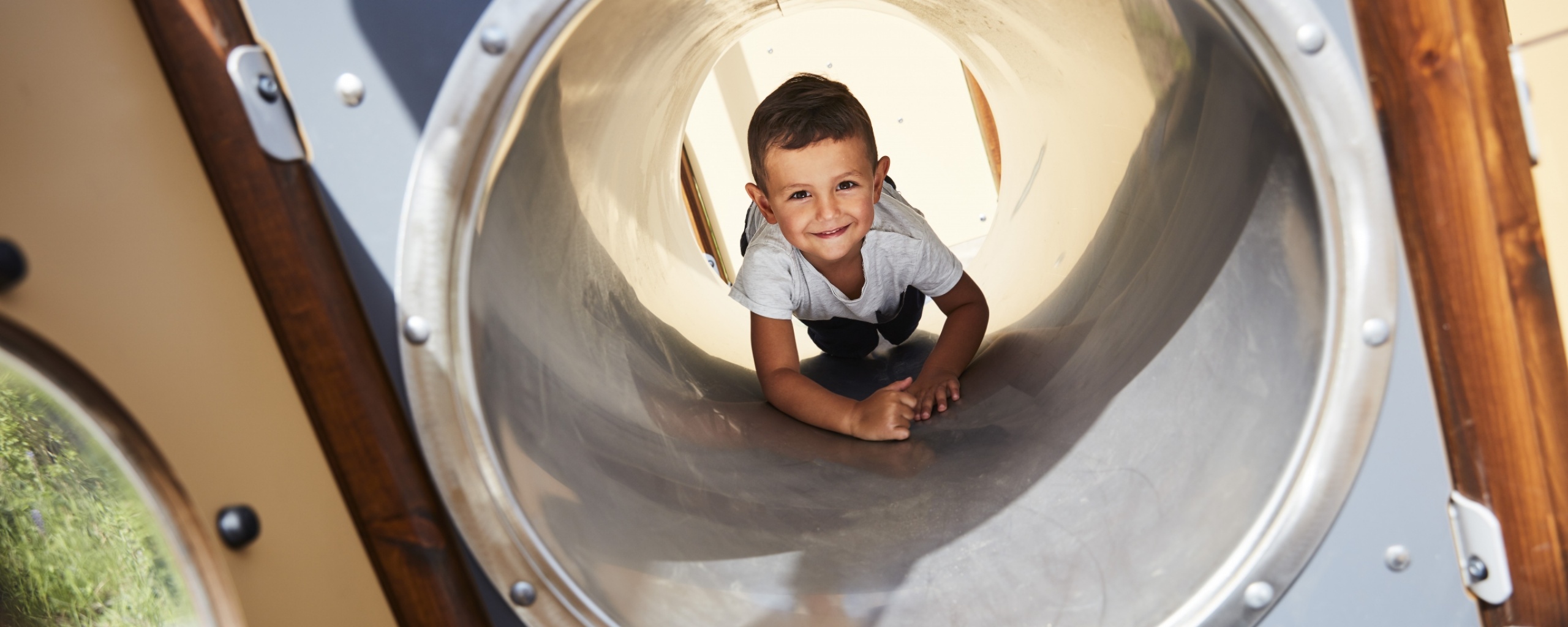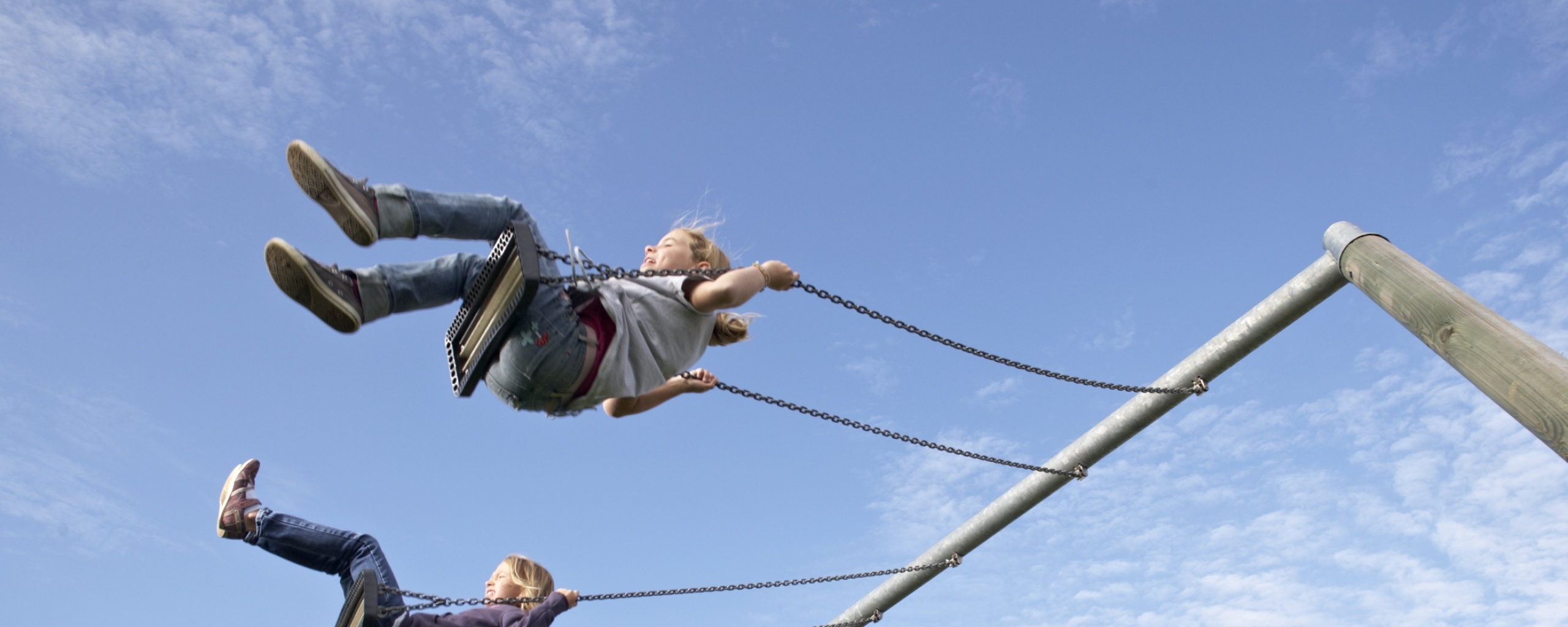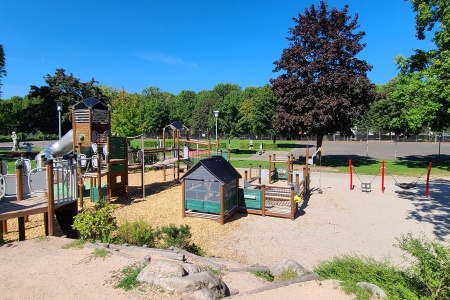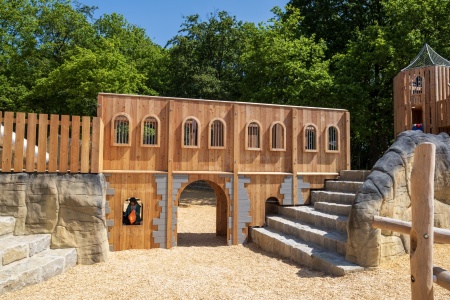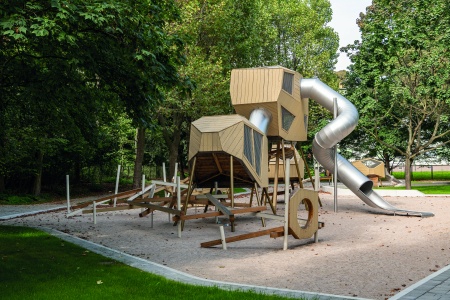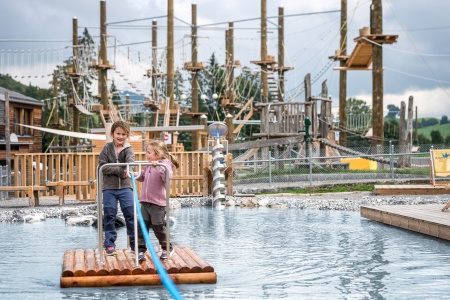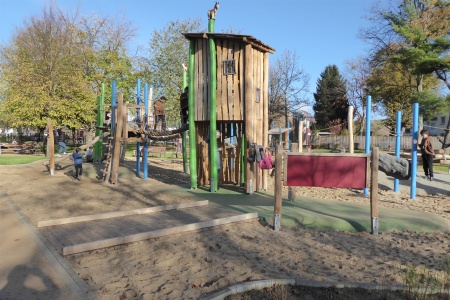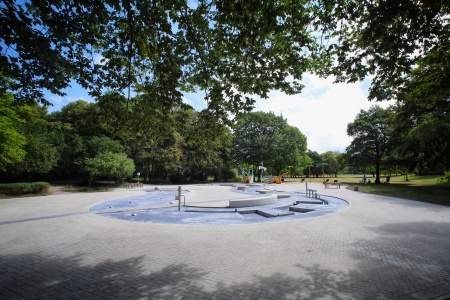08.08.2013 - Ausgabe: 4/2013
The outdoors trend
The opposite of the city is nature. But nature is also the opposite of technology. Or maybe not?
Now it is rather on the situational experience of a non-urban environment as emotional added value. Nature is thus no longer the reverse of technology, but it is through technology that it becomes truly beautiful. Technology becomes the basis of experiencing nature.
Outdoors is cool. For years now, everything taking place outdoors has boomed. According to Media Control’s spring survey, 79% of Germans want to do outdoor sport. The catalogue of the outdoor event offers of the German Alpine Association numbers 350 pages – as thick as phone directories once were. Nominally, both suppliers and users are concerned with the experience of nature. Surveys among hikers demonstrate that almost half of them do this sport because they are, they say, above all in search of the experience of nature. Hiking, moreover a fashionable type of sport with at least 40 million active participants in Germany is very much the prototype of what people want at the beginning of the 21st century. Out of the city, that sea of stone and concrete, and into unspoiled nature, in search of the true, the unadulterated, and the authentic. That at least is what the manufacturers, the tourism centres, the sports clubs communicate.
But which image of nature do people take with them to the recreation areas? And what kind of nature do they find there? If one looks at the hikers of today, the cyclists, anglers and ski mountaineers, one thing above all becomes clear: a version of homo ludens greatly assisted by technology, in search of powerful emotions and existential experiences, but without any real risk to life and limb. The technological development of sports equipment and outdoor clothing is one of the main drivers of today’s boom in sport. Material, electronics, software, apps: from the underwear (first layer) through the seamless soft shell to the Google glasses, not to mention the multilayered, semi-permeable storm jacket – in technological terms, today’s “nature-proof” equipment would also have fitted the bill on a journey to the moon.
Outside becomes outdoors
Modern urban man seeks to experience nature, but in a contemporary way. And that means: it is only technology that enables nature to be experienced in an authentic and the correct way. It is turned into an event and adapted to the world of desire of the person experiencing it, which, however, certainly involves the desire and demand for sustainability and the conservation of resources. The result is a new image of nature. New uses, which go beyond the antagonisms of earlier times and make nature an elementary part of personal lifestyle planning.
The outdoors sector was born in the 1990s. Before then there were campers, hitchhikers and mountaineers. Minorities, who were on the margins of society, either because they were unable to do anything else or were crazy in some other way. With the rise of the outdoors sector, a re-evaluation began. The great advantage of this re-evaluation was a liberation from ideology, which led to an extreme rejuvenation of enthusiasts in almost all outdoor areas. “Outdoors” was used to cover very many concepts, which suddenly became fashionable.
What was one called “Klettern” in German became “Climbing”. Eccentrics, who were contemptuous of life, have long since become attractive, body-conscious athletes. Coolness and casualness are highly popular. Regular training no longer has to take place around remote temporary camps, far from water and therefore hygienically dubious, but can today be carried out in one of the estimated 400 climbing halls to be found in Germany alone. In Germany, about 350,000 sport climbers regularly tackle the vertical. Of the good 892,000 members of the German Alpine Association (DAV), 25 percent go climbing regularly. Climbing is one of the most popular fashionable types of sport of recent years.
“Wandern” became “Hiking”. Dowdy pensioners in baggy knickerbockers have long been driven from the hiking trails by urban creatives. Anyone with any self-respect takes their children too, in a Bugaboo pram that can cope with off-road terrain. Nowadays, the book trade has the relevant literature ready for gentle hill walking with the pram.
Cycle riding has become biking: For years already the bicycle industry has been flourishing. In Germany, there are an estimated 70 million bikes (but only 41 million cars) and every year the numerous manufacturers sell 4 million cycles of all kinds. 15 percent of all journeys in this country are already taken by bike. The good old pushbike has now become an absolutely high-tech product for which leasing contracts and customer service agreements can be concluded. The latest growth market is e-bikes with which those with less stamina can also discover the world of mountain and valley biking. The industry association ZIV assumes that soon one in six cycles sold in Germany will have a motor. During 2011, around 300,000 e-bikes were sold in Germany, and that figure is expected to double by 2018. The cycle has thus finally arrived in the world of high technology, with many seeing the bike as the real driver of innovation in e-mobility.
Jogging is becoming running: Meanwhile, longer-distance running is no longer a gentle trot but a question of each little part of the equipment saving a few grams, transporting body fluids away even more effectively and going even better with the flow. Of course, the runner’s own performance is measured with a heart rate monitor, put online and then compared and discussed.
A beautiful market
The entire outdoors sector has been growing continuously for years. In 2010 the turnover of the outdoors segment stood at € 1.8 billion, according to the supplier Intersport. For 2011, the European Outdoor Group stated that the European market was worth € 10 billion. However, the institutions by no means agree on what the outdoors segment precisely includes and what it does not. In any case, it remains true that: in the German sports retail trade and in the European market, the outdoors business is a driver of growth. Here in Germany, revenues rose by approx. 20 percent in 2010. In 2008, revenues here had already risen by 14 percent and in 2009 by 15 percent. Furthermore, the two trade fairs, ispo in Munich and Outdoor in Friedrichshafen, were the two main sector events in Germany, the centre of the outdoors boom. VDS, the association that established the ispo fair, stated in 2011: “As a sports retailer, we have recently established that our customers with a shrinking wallet are more inclined not to purchase a new car or to postpone buying one for a few years than they are to be stingy when it comes to doing sport that benefits their health and, for that matter, their appearance.”
The industry has understood the main driver behind this. For years now, the key factor has been nothing less than a radical “technologisation”. And here digitalisation has brought about an even more massive acceleration. With over 300,000 apps, the market for outdoors support programmes is particularly dynamic: navigation, compass and biodata monitoring, communication, hazard assessment, local background knowledge and community building.
Consequences for the markets
Taken together, the factors show an exciting picture and indicate the great significance that such a turnaround in the evaluation of nature and the authentic brings with it.
Germany is the biggest and most important outdoors market in Europe. The main motives being doing an outdoor sport are “psychological well-being, health and the experience of nature”, was the conclusion of a work written at the University of Bayreuth. It thus chiefly combines individual life energy with the experience and “use” of nature as a balancing factor.
For a stable majority of over half of Germans, technology is the guarantee of an increasingly easy life. Little can be found in surveys of the much-talked about hostility towards technology, especially when extensions to one’s own living environment are concerned.
For three out of four Germans the city is the normal living space. The urbanisation rate in Germany is 74 percent, meaning that Germany is clearly above the European average. According to a ranking by the consulting company Mercer published in 2010 and regarding environmental friendliness, most of Germany's larger cities are among the top quarter of the 221 cities examined.
Augmented outdoors: turning nature into a series of events
Technologised outdoors sportspeople represent a new type of “nature boy”: with the aid of a positively evaluated technology, nature can be better planned (for example, because local weather forecasts that are becoming ever more accurate make the planning of a personal outdoor event with a mountain bike in Switzerland much more certain), can be better assessed in terms of risk (for example, avalanche reports or community contributions about the status quo of routes), can be used more intensively without a bad conscience (for instance, via the use of GPS tracks available online or through preventing the scaring of endangered nesting birds), and it makes possible completely new experiences of nature (for example, balancing over a river on a slack line, greater endurance thanks to less cooling down as a result of modern climate membranes or crossing the Alps on an e-bike).
Key here is a sort of invisibility of technology that, while it can be felt to be an enrichment, is no longer connected with the dirty and cold technology of industrial times. Outdoor technology is human high tech. It is created around the experience component of human beings. Consumer technology with the goal of opening the senses of people for the nature surrounding them.
A growing role is played by the architectural use of nature: For some time, more and more originally natural events have been removed from this context and transposed to the “natural living space” of humans, the urbanised environments. As adventures light, such outdoors experiences only feel like they have something to do with nature. In reality, they have much to do with the technology that makes them possible. For example, the Hamburg Climbing Forest “directly on the U1”, or its counterpart in Straußberg near Berlin, where people can also practise night climbing. Tree top walks like the “Skywalk” in Scheidegg in the Allgäu function similarly. Vice versa, architectural elements increase the experience values of outdoor nature with controllable risk, for example in the case of the famous skywalk in the Grand Canyon or the fashionable sport called via ferrata in high mountain ranges. Here climbing facilities are designed increasingly boldly and pepped up with additional thrill elements. Sometimes you climb directly under the cableway, as on the Dachstein massif, and then climb out via the terrain of the cableway station, or you whizz on the cable rope of a flying fox of more than 100 metres in length and at a height of 300 metres above the rafting river downstream, as in the case of the “Highflying Salzatal”.
Trend forecast
Augmented outdoors is a broad field from which a large number of further new developments are to be expected over the coming years due to the speed of rapid technological change. High urbanisation rates in Europe support the desire for some kind of balance. At the same time, the experience of unadulterated nature cannot be found anywhere, because already nature is everywhere conditioned, modified and produced by humans. Through the outdoors concept, the relationship between man and his environment is increasingly defined as an interaction and no longer as the loss of a fixed ideal state, which is supposed to have once existed. This offers many new options for dealing with the idea of sustainability. Precisely among younger generations, hostility towards technology is increasingly giving way to an attitude, which sees technology as part of the solution rather than part of the problem. It is no longer the changes in the environment as such that is the issue on which we have to work, but the question of how these changes can be shaped in order to generate positive effects for both sides of the equation: mankind and its environment.
More information:
Trend-Report 2013. Matthias Horx. December 2012. 128 pages
ISBN: 978-3-938284-71-1
Publisher: Zukunftsinstitut GmbH, Robert-Koch-Straße 116 E, 65779 Kelkheim, Phone +49 6174 96 13-0, www.zukunftsinstitut.de


